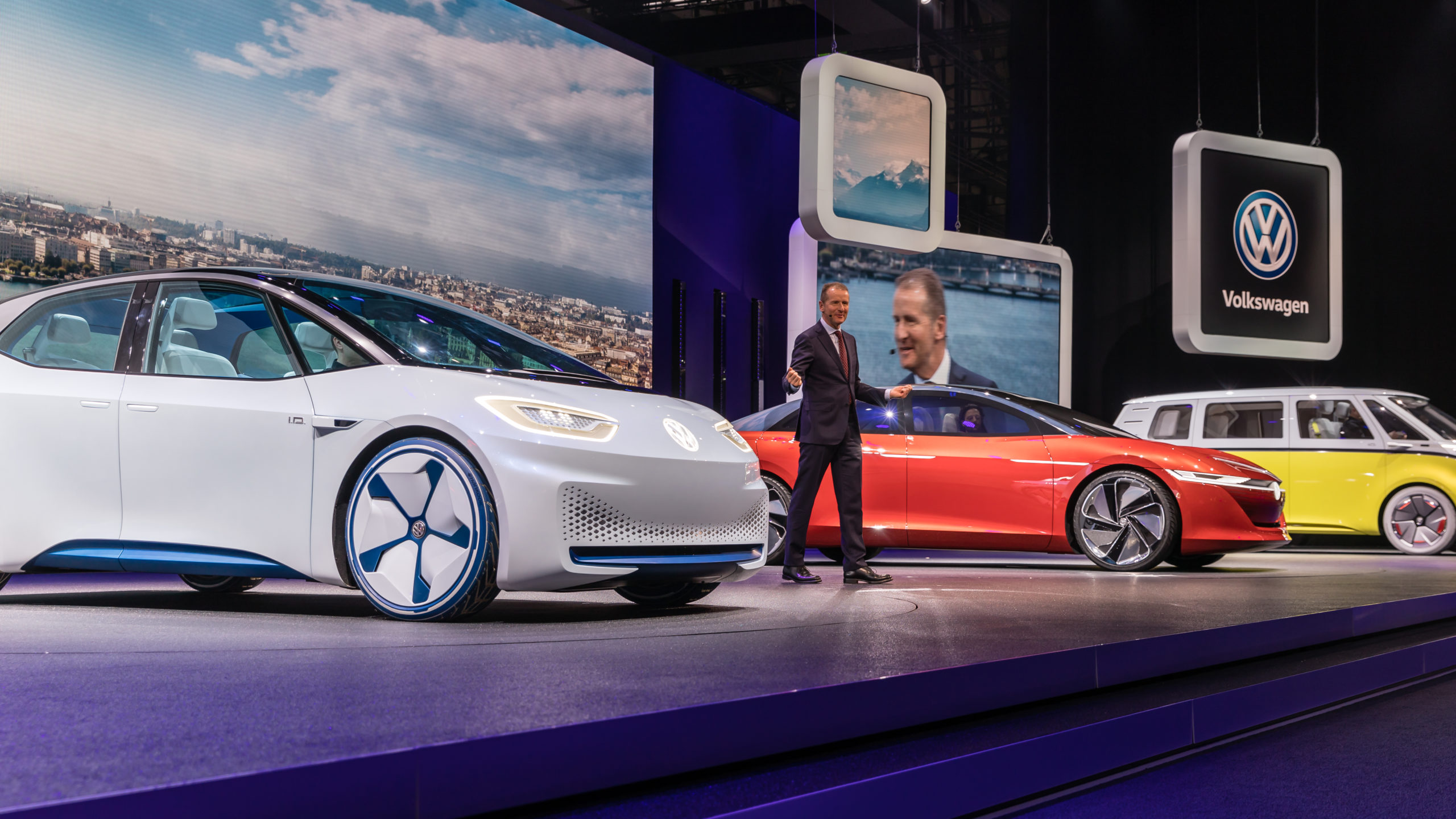
The automotive landscape is undergoing a revolutionary transformation with the rise of electric vehicles (EVs) like Teslas, which require significantly less maintenance than traditional gas-powered cars. By understanding these differences, car owners can truly appreciate their vehicles and make informed choices about their care and upkeep.

1. **Minimal Routine Maintenance**: Electric vehicles have a dramatically reduced maintenance burden compared to gas-powered vehicles. With fewer moving parts and no engine oil changes, EV owners enjoy a much smoother, hassle-free ownership experience. Tesla even emphasizes this benefit, stating that their vehicles “eliminate the need for service.”

2. **Fewer Fluids to Maintain**: Traditional gas vehicles require various fluids to function properly, including engine oil, transmission fluid, and coolant. In contrast, EVs operate primarily on electricity, which means they have far fewer fluids to check and maintain on a regular basis. This simplicity is a dream come true for drivers who are often overwhelmed by the myriad of maintenance tasks required for gas-powered vehicles.

3. **Breakthrough Regenerative Braking**: One of the standout features of EVs is their regenerative braking system, which captures energy during braking and uses it to recharge the battery. This innovative technology not only conserves energy but also reduces brake wear significantly. As a result, EV owners find themselves replacing brake pads far less frequently than their gas-powered counterparts, making maintenance even easier.

4. **Battery Life and Maintenance**: While EVs have lower routine maintenance needs, taking care of the battery is essential. With warranties typically covering 8 years or 100,000 miles, owners can feel assured about battery longevity, but regular health checks and adherence to safe operating conditions are key to maximizing battery life.

5. **Cost Savings on Maintenance**: Over five years of ownership, EV drivers can expect to spend an average of $4,246 on maintenance, which is lower than the $4,583 estimated for gas vehicles. This significant difference adds up, making EV ownership a more cost-effective choice in the long run.

6. **Software Updates and Diagnostics**: Tesla and other manufacturers have integrated advanced software capabilities into their vehicles, allowing for over-the-air updates that enhance performance and address potential maintenance issues. This tech-savvy approach means that many problems can be resolved remotely, reducing the need for physical visits to the service center.

7. **Unique Repair Considerations**: Even though EVs require less frequent maintenance, when repairs are needed, they can be more complicated. The advanced technology and high-voltage systems in electric vehicles often necessitate specialized tools and knowledge for effective servicing, which can result in longer wait times. Awareness of this reality is vital for EV owners, especially as the demand for qualified EV technicians grows.

8. **Tire Maintenance**: Tires on electric vehicles can wear out differently due to the unique weight distribution from the battery packs and the quicker acceleration capabilities. EV tires are designed to handle these factors, but they may need to be replaced more frequently than those on gas-powered vehicles. Regular inspections and replacements are key to maintaining optimal performance and safety.

9. **Safety Standards and Emergency Response**: It’s important to note that electric vehicles must meet rigorous safety standards, similar to their gas-powered counterparts. EVs come equipped with high-voltage systems that require extra attention during accidents or emergencies. First responders are trained to handle these situations, ensuring that safety remains a priority for all vehicle types.

10. **Long-Term Ownership Insights**: Understanding the long-term ownership of an EV is essential. As these vehicles become more prevalent, it’s important to educate buyers about the unique aspects of EV maintenance and the potential costs associated with battery replacements that might only arise decades into ownership. Knowledge is power, and being informed can help EV owners prepare for the future.

11. **Cooling System Checks**: The cooling systems in electric vehicles play a crucial role in maintaining battery life. Unlike traditional gas-powered cars that use a radiator system, many EVs rely on liquid cooling systems to manage battery temperatures. Performing regular checks on coolant levels and ensuring the system’s integrity is vital to prevent overheating and potential performance setbacks.

12. **Body and Chassis Care**: While EVs generally require less mechanical maintenance, it’s crucial for owners to give attention to their vehicle’s body and chassis. Regular washing and waxing keep the paint protected and help prevent rust, particularly in regions with severe weather. Additionally, cleaning the undercarriage is essential to prevent corrosion and ensure the vehicle remains in excellent condition for years to come.

The maintenance landscape for electric vehicles is notably different from that of gas-powered cars. With fewer moving parts, progressive technologies, and a focus on efficiency, EVs create a more streamlined ownership experience. Embracing this new era of automotive technology not only enhances driving enjoyment but also helps relieve stress associated with car maintenance.
Related posts:
Teslas and other EVs don’t need as much maintenance as gas-powered cars. Here are key differences in upkeep and repairs.
Understanding What Maintenance Does a Tesla Need: A Complete Guide – Blog
Consumer Reports Study Finds Electric Vehicle Maintenance Costs Are 50% Less Than Gas-Powered Cars





